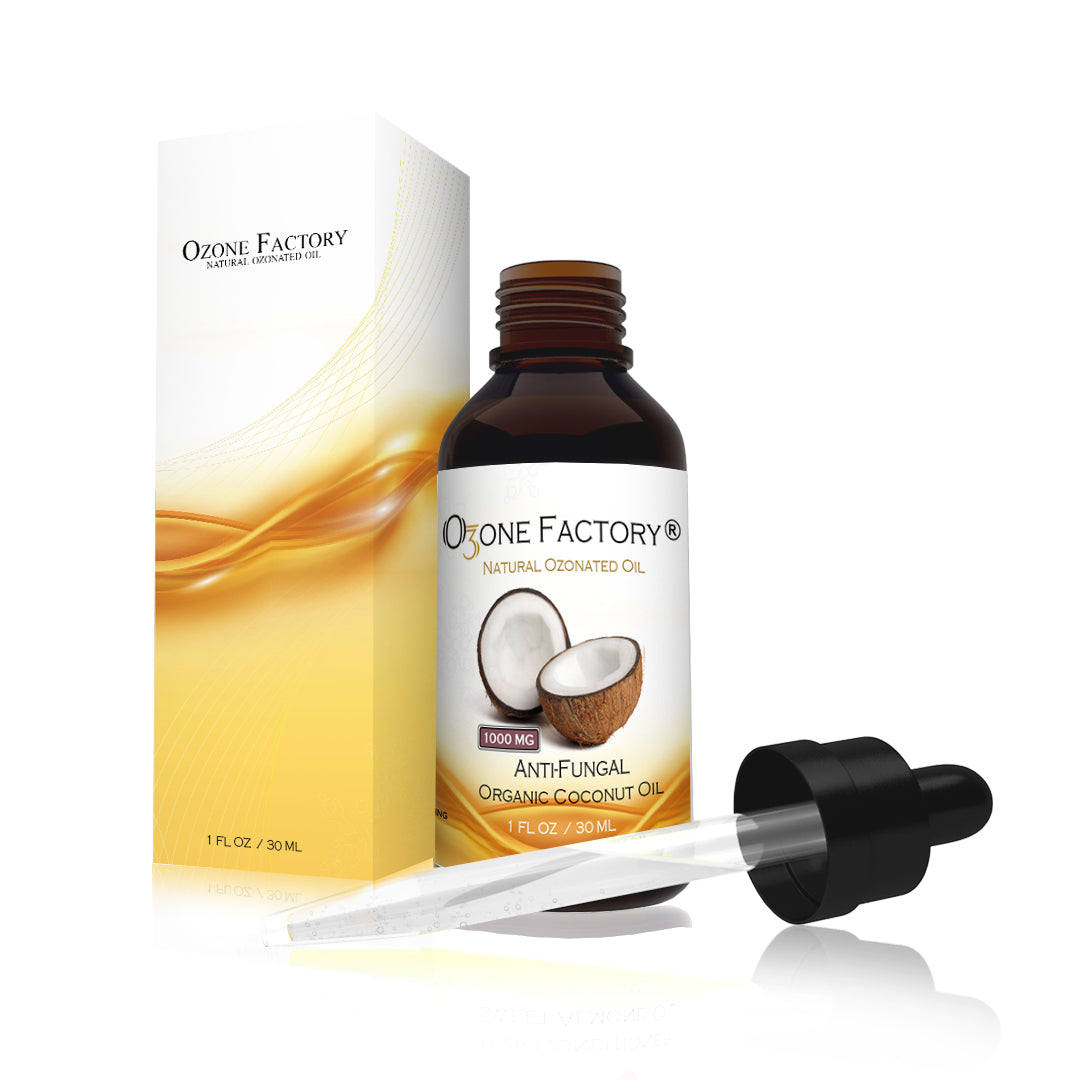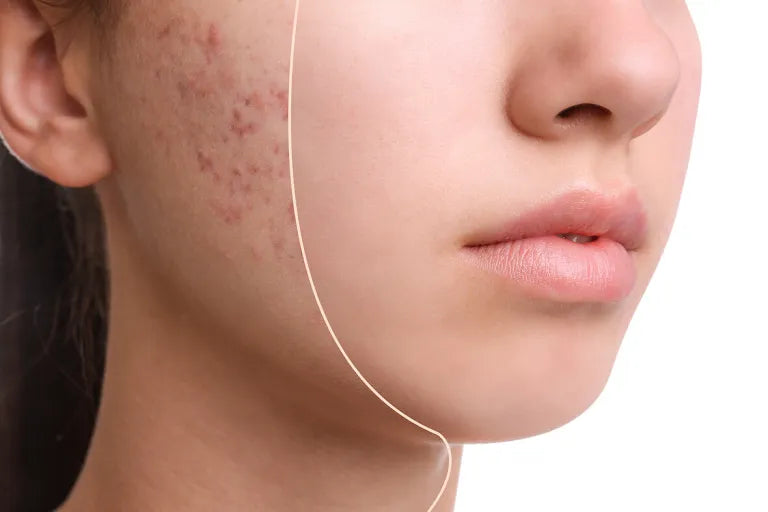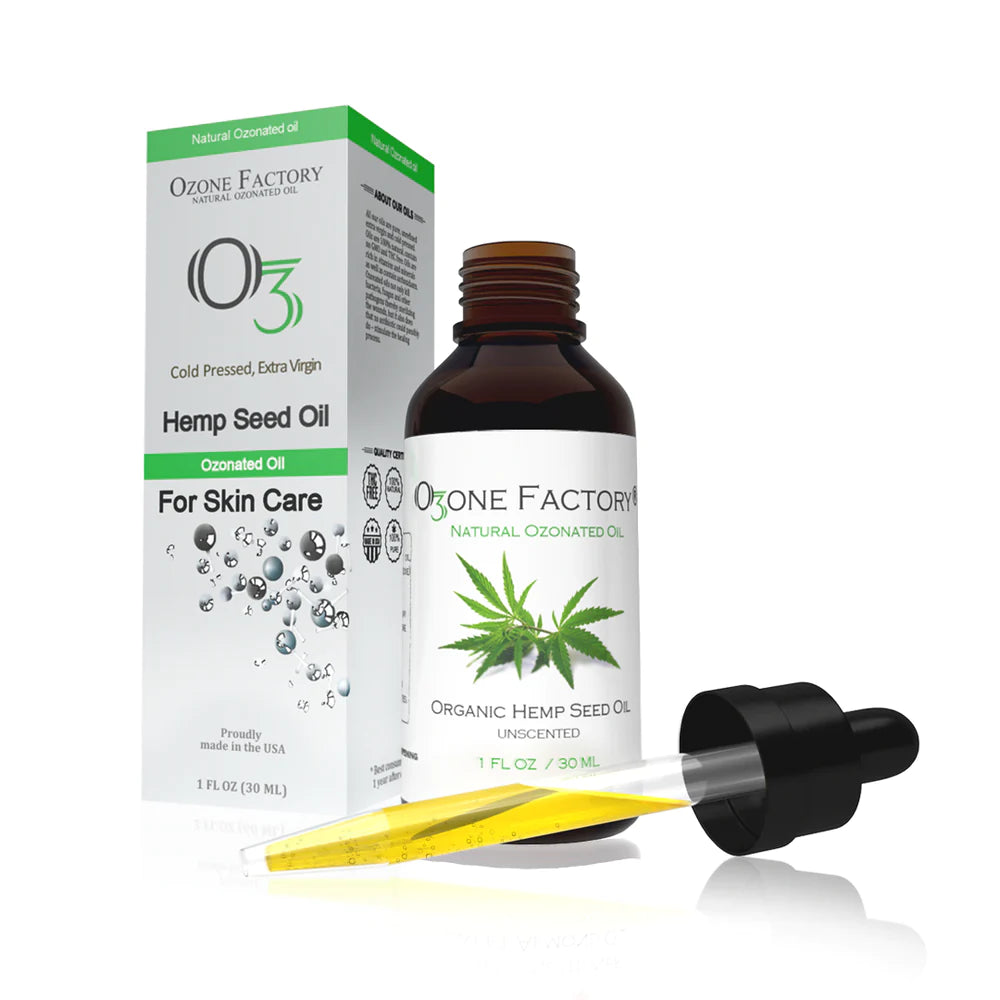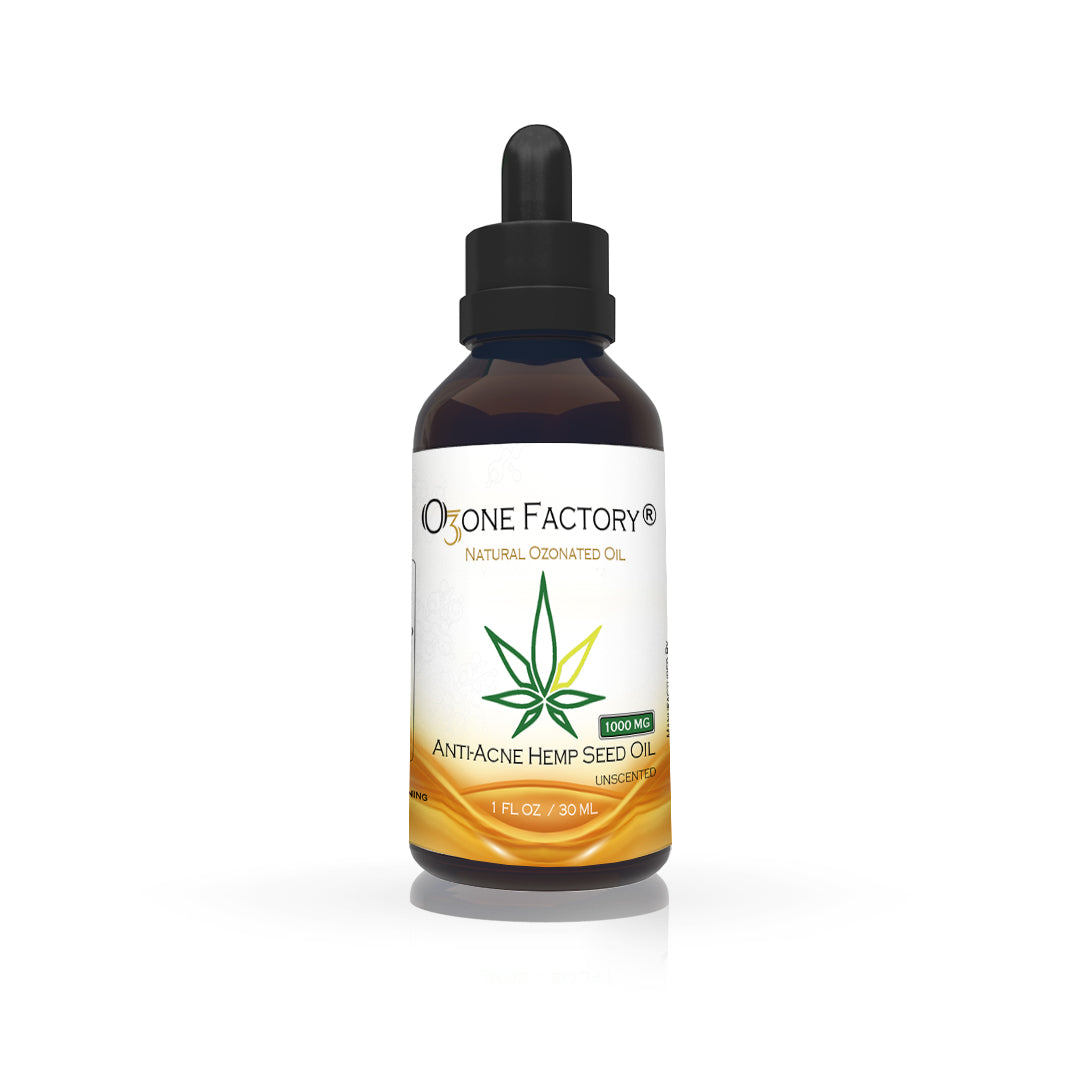
disease that occurs most frequently in children, but also affects adults. Atopic dermatitis is oftenassociated with elevated serum level of immunoglobulin E and a personal or family history of atopy,which describes a group of disorders that includes eczema, asthma, and allergic rhinitis.
Although sensitization to environmental or food allergens is clearly associated with the atopic dermatitis phenotype, it does not seem to be a causative factor but may be a contributory factor in asubgroup of patients with severe disease.
Data on the prevalence of atopic dermatitis in adults are limited and in most cases based upon selfadministered questionnaire information. In a Danish population-based study including approximately 1 6,500 adults aged 30 to 89 years, the one-year prevalence of atopic eczema was 1 4 percent. In a West Sweden study of approximately 30,000 individuals aged 1 6 to 75 years, the
current eczema prevalence was 1 1 percent. In a Danish cohort study including approximately 1 300 individuals aged 28 to 30 years who had been followed-up for 1 5 years, 1 0 percent reported atopic dermatitis, but 6 percent were found to have atopic dermatitis at clinical examination. In a United States cross-sectional study including nearly 1 300 adults, the prevalence of atopic dermatitis
was 7.3 percent (95% CI 5.9-8.8).
In the vast majority of cases, atopic dermatitis has an onset before age five years, and prevalence data in children show a slight female to male preponderance (1 .3 to 1 ). Persistent atopic dermatitis may be present in approximately 50 percent of patients diagnosed with atopic dermatitis
during childhood .



PATHOGENESIS
altered skin resident microbial flora are involved in the pathogenesis of atopic dermatitis. Whether skin inflammation is initiated by skin barrier dysfunction ("outside-in" hypothesis) or by immune dysregulation ("inside-out" hypothesis) is still in debate.

How to use coconut ozonated oil for atopical dermatitis
To reduce symptoms of atopic dermatitis, apply coconut ozonated oil to the skin twice a day, or more often if necessary. A person can use it like any other lotion or moisturizer.
A person may benefit from applying the oil more often during flare-ups of symptoms, and continuing to use the oil may prevent eczema symptoms from returning or getting worse.
If the skin feels dry in the mornings, try applying coconut ozonated oil before bed.
To treat eczema on the scalp, try using coconut ozonated oil instead of conditioner. Apply it directly and gently massage it into the scalp. Leave the oil on for a few minutes, then rinse it off with warm water.







This is another testimony on how Chief Dr Lucky cured my HIV disease. Do you need a cure for your HIV disease? Do you want to be cured from your cancer disease? Or you want to be free from any type of disease. Kindly visit https://chiefdrluckyherbaltherapy.wordpress.com/ . He just cured my HIV disease and I’m very grateful to him, he is the only herbalist that can cure you.
WhatsApp number : +2348132777335
Via Email : chiefdrlucky@gmail.com
Thank you all for reading,
God bless"